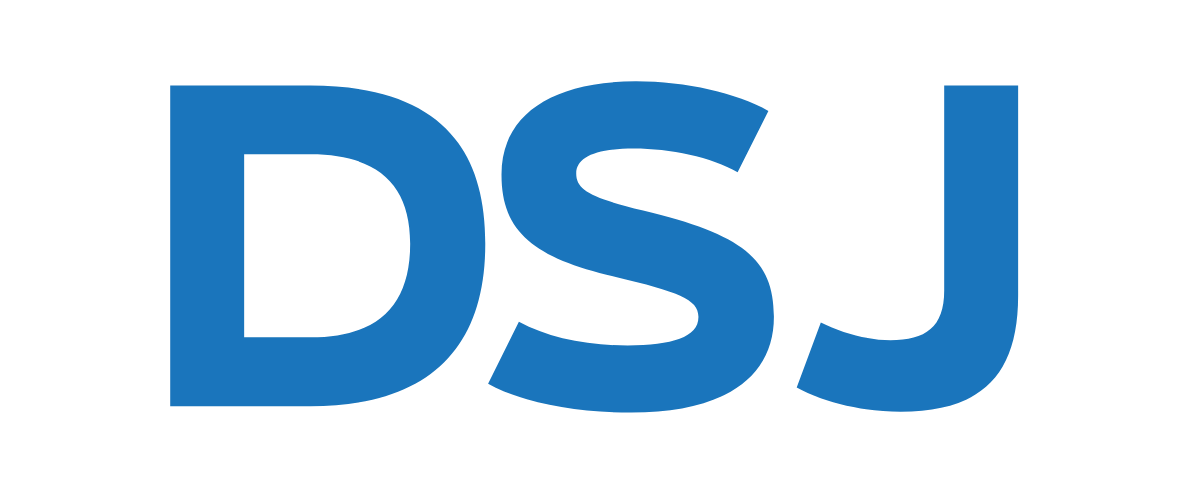1. Establish or Build Your Emergency Fund
An emergency fund is an important means by which to avoid the financial disaster that can result from just one surprising bad set of circumstances. As protection against a job loss, medical emergency or other financial crisis, try to set aside enough funds in an accessible interest-bearing account to cover six to eight months of living expenses. If you haven’t done so already, open an account with your refund and, going forward, adjust your withholdings at work to lower future tax refunds and set up monthly automatic deductions from your paycheck or checking account with the excess.
2. Pay Down High-Interest Debt
Put your refund to work by paying off high-interest debt such as credit card and other unsecured loans. Aside from lowering your debt, you can save significant amounts of interest in the long-run as well as reduce the period of time needed to repay it. For example, say you have a $4,000 credit card balance at 18 percent interest, towards which you currently pay $100 a month. At that rate, it will take approximately 62 months and cost $2,154 in interest to pay it off (assuming no new purchases). By lowering your paycheck withholdings by $100 and doubling your payment to $200, you would pay it off in 24 months and save $1,363 in interest. Or, if you were to simply use $1,000 of your refund towards the credit card balance, you would shorten the payoff period to 41 months and save $1,138 in interest without changing your monthly payment.
3. Buy Something You Need
Car repairs, dental work, braces for the kids, a new roof – use your refund to take care of these essentials.
4. Refinance Your Mortgage
Most people finance the closing costs associated with a mortgage refinance by adding it to the new amount borrowed. Instead, use your refund to pay your closing costs and save thousands of dollars on mortgage interest over the life of the loan.
5. Make Home Improvements
Address those back burner home projects that are most likely to increase the value of your home such as adding an extension or making kitchen and bathroom renovations. On a smaller scale, invest in new energy-efficient appliances that will save you money on your utility bills and provide energy rebates.
6. Increase Retirement and College Savings
Consider increasing your IRA or 401(k) contributions, especially if your employer matches contributions. If you have already maxed out your pretax contributions, use your refund to get a head start on a Roth IRA or 529 college savings plan to shelter future earnings on these accounts from taxation.
7. Make Taxable Investments
If you are lucky enough to have covered all of the above, think about using your refund to open a brokerage account with a discount broker that provides conservative investments and low fees such as index funds and exchange-traded funds (ETF’s) that provide diversification and do not require active management on your part.
8. Start a New Business
Your tax refund can supply you with the venture capital you need to either start a business or take it to the next level.
9. Give to Charity
If you are on a tight budget, donations can tend to be overlooked. Your refund may be your chance to catch up on your charitable giving and provide a tax deduction in the process.
10. Splurge a Little
That’s right – if you have covered the first nine on the list to your satisfaction and still have some of your refund leftover, there is nothing wrong with booking a summer vacation, buying that HD TV for your man cave or simply treating your family to a nice dinner.
For more information, please contact Bob Jahelka by phone 516-861-3707 or by email .
